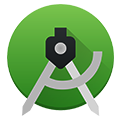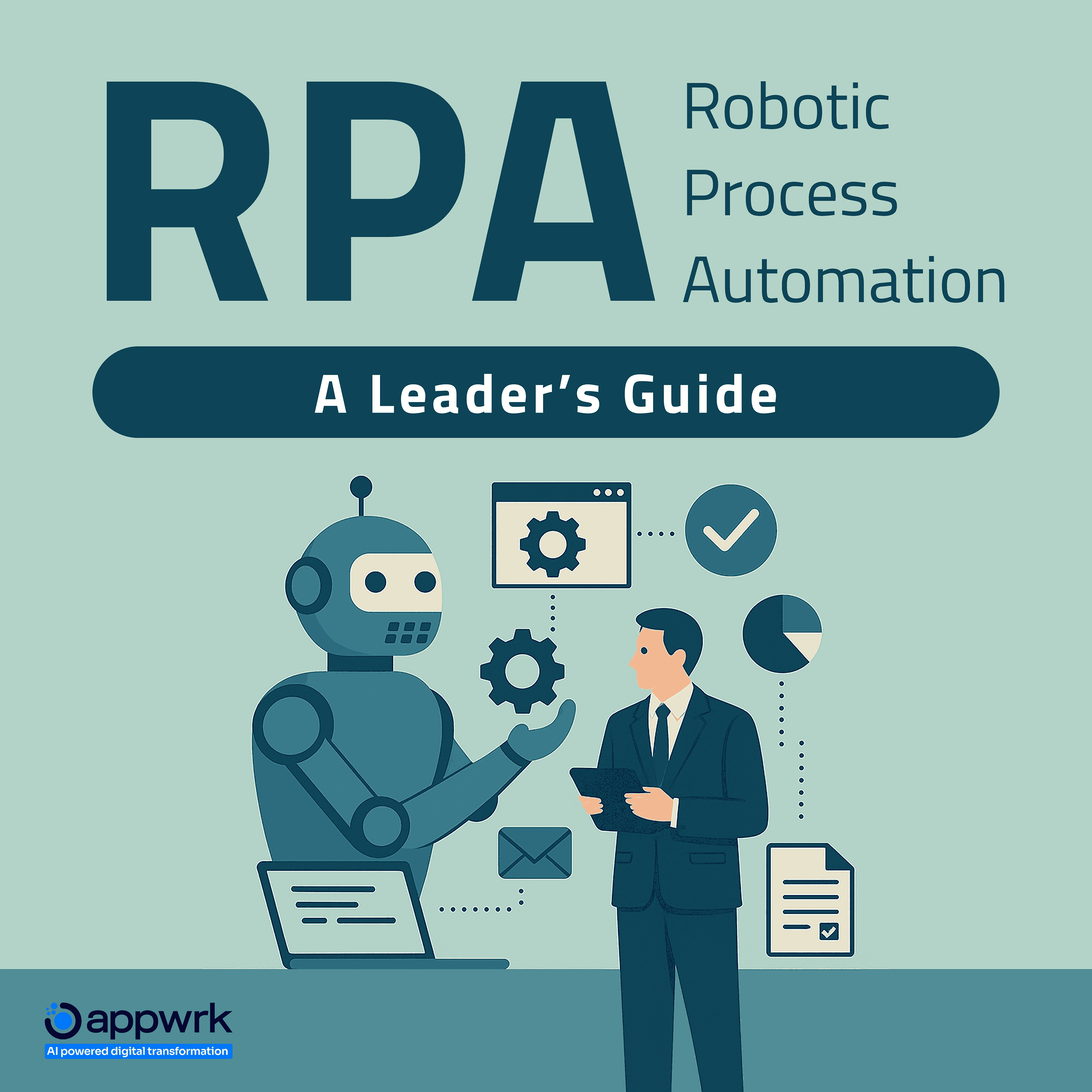Technologies we work on
Several technologies can be used for Wearable App Development including:
and many more...
Wearable App Development Services Company
Are you looking for the Best Wearable App Development Company in the USA? At APPWRK, we offer out-of-the-box 360-degree Wearable App Development Services to give your business a touch of innovation.
Best Wearable App – One Click Away-
Smartwatch Apps Development
APPWRK is the most popular smartwatch app development agency. We create apps for iOS and Android devices in various shapes and sizes.
-
Virtual Reality Apps Development
APPWRK’s wearable app developers create amazing simulations for the best gaming experiences, making you feel within that world. Our Virtual Reality team focuses on creating engaging simulated surroundings for the gaming and construction industry that will allow users to interact with the environment.
-
Eyewear Apps Development
Our Wearable app developers are surrounded by modern innovations to create solutions that revolutionize the digital experience for global clients . With the power of smart eyewear, we can overlay the information and share media in real-time and hands-free.
-
Smart band apps Development
As a full-service wearable device app development company, we hold expertise in smart band applications development enriched with many features and help users track, analyze, and record their movements.
-
Wearable payment apps development
Wearables are the perfect choice for safer and on-the-go transactions. APPWRK, a wearable payment apps development company, is familiar with developing a wide range of wrist sensors and movement trackers like Fitness Trackers, Activity Monitors, Pedometers, and Sleep Sensors.
-
IoT wearable apps development
Accelerate the growth of your business significantly with IoT-enabled wearable apps from APPWRK that can be seamlessly integrated with any device or platform and sensor to build a dynamic ecosystem of greater efficiency and productivity.
Why Choose APPWRK as Your Wearable App Development Company?
Talk to our Growth Experts - Know More!The Approach We Follow for Best Wearable App Development
-
1. Strategy
A well-defined strategy and conceptualized ideation for new products is the key to ascending business goals. We aim to emphasize the target audience of our client and accordingly create a value-driven statement to make the roadmap for clear objectives and specifications.
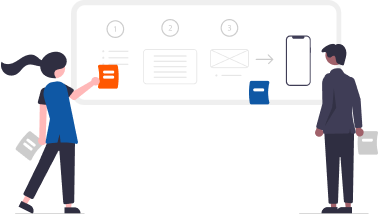
-
2. Analysis and Planning
Sprint planning with a clear and in-depth analysis of new products is the best and the easiest way to achieve the milestone. We create a wearable application framework and identify technical architecture that will provide support to the software.
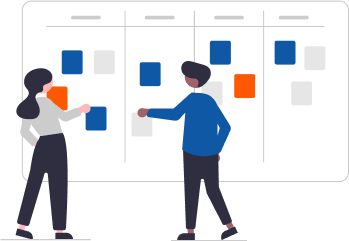
-
3. UI/UX Design
A seamless User Experience using an effective User Interface is very critical in the Wearable device App development process. Our skilled UI/UX designers document specific tools and techniques required to support the final product.
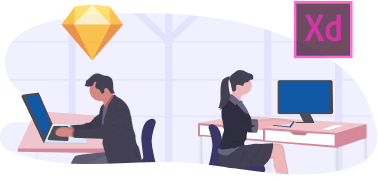
-
4. App Development
We enhance the horizon of your business by developing a robust, dynamic, scalable, secure, and error-free wearable app. Our highly-skilled wearable app development agency uses their years of expertise in building the best wearable apps for you.

-
5. Quality Assurance
Delivering over-the-top products has always been a habit of APPWRK. Thus, we thoroughly test every app we build to provide quality. Through the testing process of the app, we make sure that the apps we deliver are usable, stable, and secure.
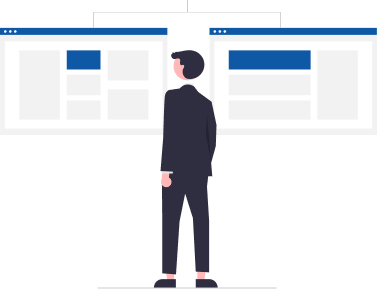
-
6. Launch
Structuring, developing, and testing an app is followed by the final step, i.e., launching the app. Being a reliable and efficient wearable app development company, we provide all these facilities as well to our clients.
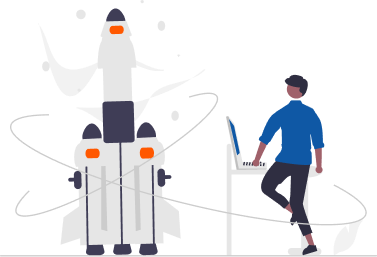
Top-notch wearable apps designed and developed by us are active and working phenomenally on the App Store.
Our designed and developed Wearable apps are exceptionally downloaded by everyone.
Start-ups have earned excellent revenue with our designed wearable applications.
Unique and fully customized featured wearable applications for top brands in the market.
Wearable App Development:
Wearable App Development is the creation of applications tailored for wearable devices, like smartwatches and fitness trackers. These apps are optimized to work efficiently on smaller screens and limited resources, utilizing wearable features such as sensors and health-tracking capabilities.
Programming languages commonly used for wearable app development:
- Swift: A compiled, general-purpose programming language developed by Apple. It is a good choice for wearable app development because it can be used to create apps that are efficient and run smoothly on wearable devices.
- Kotlin: A cross-platform, statically typed programming language gaining popularity for wearable app development. It can help to prevent errors and improve the performance of apps.
- Java: A compiled, general-purpose programming language that is widely used for wearable app development. It is a portable language, meaning that Java apps can be run on different platforms.
Frameworks are commonly used for wearable app development:
- Flutter: Cross-platform framework that can be used to develop apps for both iOS and Android. It uses the Dart programming language and allows developers to create beautiful, interactive apps with a single codebase.
- React Native: Cross-platform framework that uses React, a JavaScript library, to create apps for both iOS and Android. It allows developers to create apps that look and feel native to the platform they are running on.
- Wear OS SDK: a Development kit from Google that allows developers to create apps for Wear OS devices. Wear OS is an operating system for smartwatches and other wearable devices.
Tools available for wearable app development:
- Android Studio: IDE for developing Android apps. Includes a debugger, a code editor, and a testing framework.
- Xcode: IDE for developing iOS apps. Includes a debugger, a code editor, and a testing framework.
- Wear OS Studio: Google’s IDE is designed explicitly for developing Wear OS apps. Includes a simulator, a debugger, and a code editor.
- Genymotion: Cloud-based emulator that can be used to test wearable apps on various devices.
- Appium: Framework that can be used to automate the testing of wearable apps.
The typical development process for creating a wearable app from ideation to deployment:
Ideation: Come up with an idea for the app.
- Design: Create wireframes and mockups and define the user interface and user experience.
- Development: Code the app, test it, and fix any bugs.
- Testing: Test the app on different wearable devices and with different users.
- Deployment: Submit the app to the app store for review.
Wearable app testing and compatibility checks with various wearable devices:
- Ensuring compatibility with different wearable device models
- Conducting usability testing on wearable devices
- Testing for different screen sizes and resolutions
- Verifying sensor integration and data accuracy
- Checking battery consumption and performance
Benefits of wearable app development:
- Enhanced user experience with real-time data and notifications
- Seamless integration with wearable devices for a hands-free experience
- Access to health and fitness tracking for personal wellness
- Convenient payment and authentication options
- Improved productivity and efficiency with instant notifications on the wrist
Best practices for wearable app development:
- Keeping the user interface simple and intuitive for quick interactions
- Minimizing battery consumption for prolonged device usage
- Prioritizing real-time data updates and relevant notifications
- Ensuring data security and privacy in wearable apps
- Providing customization options for personalized experiences
Popular wearable app categories:
- Fitness and health: These apps track the user’s activity levels, heart rate, and sleep patterns.
- Notifications: These apps provide users with notifications from their smartphones or other devices.
- Payment: These apps allow users to make payments using their wearable devices.
- Entertainment: These apps provide users with games, music, and other forms of entertainment.
Estimated timelines for wearable app development:
The development time for a wearable app can vary depending on the app’s complexity and the development team’s experience. However, a typical wearable app can be developed in 3-6 months.
Challenges of wearable app development:
- Limited screen size and processing power of wearable devices
- Ensuring compatibility with various wearable platforms and versions
- Overcoming connectivity and synchronization issues with smartphones or other devices
- Balancing user experience with battery life and resource constraints
Future trends in wearable app development:
- Integration of AI and machine learning for personalized insights and recommendations
- Advancements in health monitoring and medical applications
- Enhanced biometric authentication and security features
- Wearables as part of the Internet of Things (IoT) ecosystem for seamless connectivity
- Augmented reality (AR) and virtual reality (VR) experiences on wearable devices.
Learn more about our Wearable App Development services by reaching out to us today.
Our Other Offering
FAQs Before Hiring a Wearable App Development Company
Have questions? We’re here to help.
Wearable apps are specifically designed to run on wearable devices, such as smartwatches, fitness trackers, and augmented reality glasses. They offer optimized functionality, taking advantage of the unique features of wearable technology.
Wearable App Development differs from traditional mobile app development in terms of design, user experience, and resource constraints. Wearable apps are tailored to smaller screens, limited processing power, and sensors unique to wearable devices.
Standard programming languages for wearable app development include Java and Kotlin for Android, Swift for iOS, and web technologies like HTML, CSS, and JavaScript for cross-platform development.
The typical development process for creating a wearable app from concept to deployment can be broken down into the following steps:
- Ideation: The first step is to develop an idea for the app. This could be something that you think would be useful for yourself or others, or it could be something that you think would be a good fit for the wearable device market.
- Design: Once you have an idea, you must design the app. This includes creating wireframes and mockups and defining the user interface and user experience.
- Development: The next step is to develop the app. This involves coding the app, testing it, and fixing any bugs.
- Testing: Once the app is developed, it needs to be tested. This includes testing the app on different wearable devices and with different users.
- Deployment: Once the app is tested, it is ready to be deployed. This involves submitting the app to the app store for review.
Wearable apps are compatible with various wearable devices, including smartwatches, fitness bands, augmented reality headsets, and health trackers. Each wearable device may have specific capabilities and features that developers can leverage to create unique app experiences.
Happy Customers – Next can be You!
“They have done such an exceptional job that I can’t imagine working with another software vendor.”
Administration Authority, HospitalMohali, India"It's easy to work with not only the technical staff, but with their administrative staff, as well."
Development Project Manager, Tracker Products LLCNewport, Kentucky , USA

